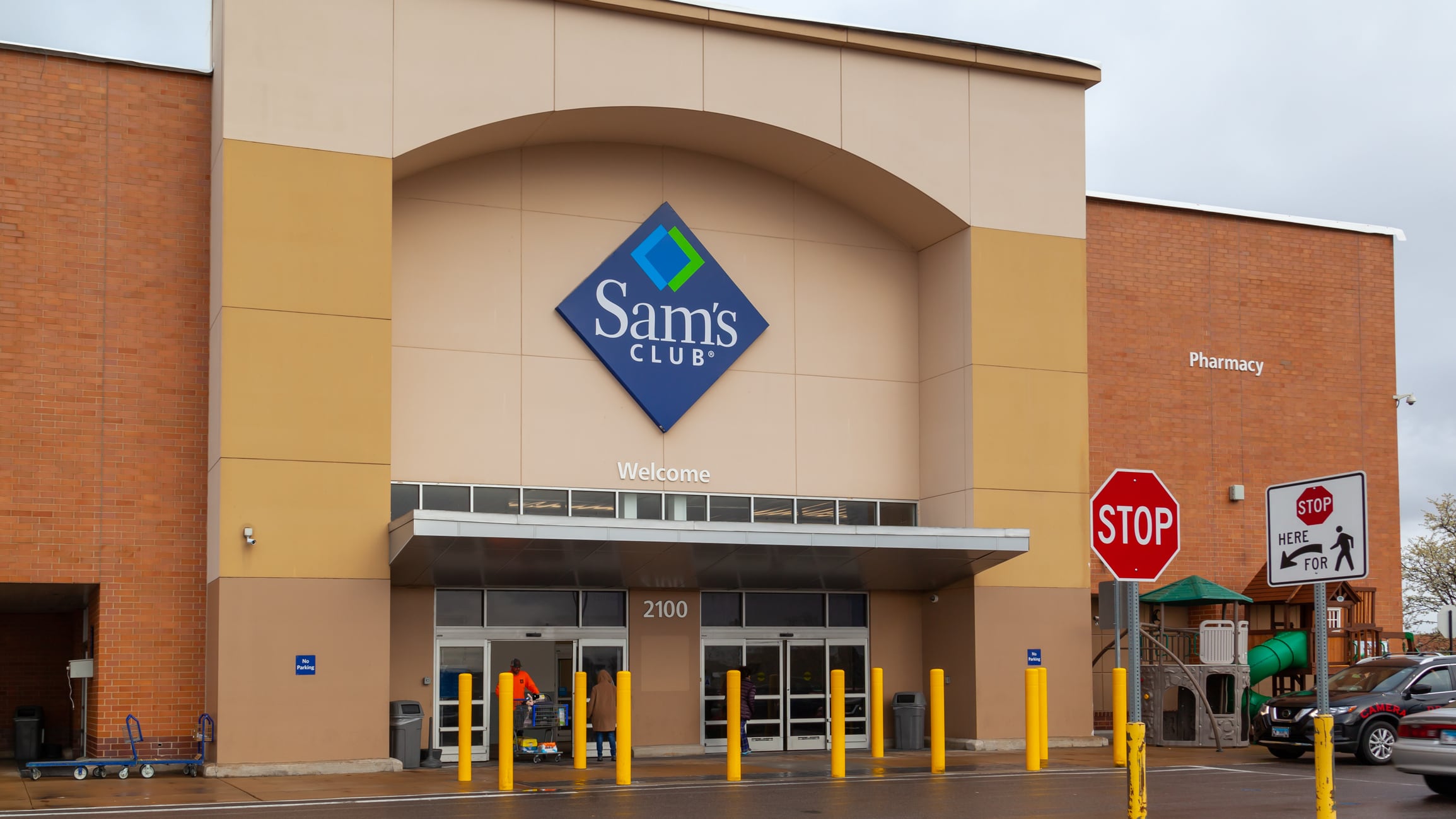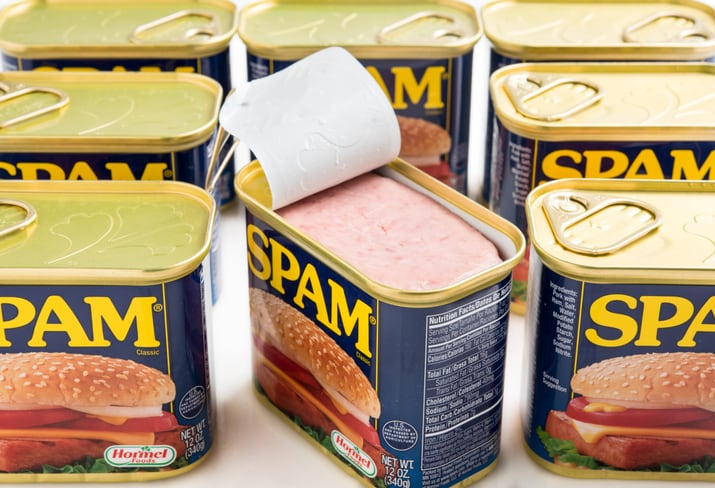With more than 600 brick-and-mortar locations, $90 billion in annual sales and approximately 100,000 employees across the globe, Walmart’s membership-only warehouse operation, Sam’s Club, is hardly a scrappy venture.
But the 42-year-old international retail operation “still feels like a maverick, kind of pioneering startup,” Sam’s Club President and CEO Chris Nicholas said Thursday at the Barclays 18th Annual Global Consumer Staples Conference.
It makes sense, considering the company’s expansion slowdown that began in 2017 and its more recent plan to open 30 new locations over the next several years.
Sam’s Club is ready for a reboot, and it is getting started by growing its ecommerce business, closing underperforming locations and building on the popularity of its express delivery service.
Sam’s Club’s three-pronged approach to growth
Nicholas said the retailer sees three major routes for growth at Sam’s Club, beginning with the remodeling of its stores with a modern, tech-focused sensibility.
He specifically noted that the Sam’s Club that opened in Grapevine, Texas, in December is the new model for all of its brick-and-mortar operations. The location features Sam’s Club’s Scan & Go technology, which enables club members to scan products as they shop, pay on their phone and bypass the checkout line.
Sam’s Club said in April 2024 that it already installed the AI-powered tech at 20% of its clubs and plans to eventually rollout Scan & Go at all of its locations.
The second route toward growth comes in the form of physical locations, according to Nicholas, who said Sam’s Club opened its 601st location last month in Tempe, Ariz., and plans to open about 15 more a year for the next couple of years.
“Now we’re building to that, so we’re not there just yet, but we’ll get there, and we’re certainly leveraging the Walmart real estate capabilities in terms of what is helping us do that as fast as we can,” he said.
Ecommerce, Sam’s Club’s third approach, is perhaps the company’s most important growth outlet. Online sales make up about 18% of Sam’s Club’s business and are growing rapidly, Nicholas said. The company expects its ecommerce business to reach 40% over the next few years.
Sam’s Club’s ecommerce business grew 26% in Q2 and made up two-thirds of the retailer’s total growth, Nicholas said.
“The express delivery that we’re offering, which today is only a three-hour proposition, grew 185% last quarter, and we’re just getting going,” Nicholas said.
Delivery is key at Sam’s Club
Sam’s Club’s online sales growth is powered by its push to make more of its products available through its ecommerce portal, and the sale of prepared meals is becoming a major driver, according to Nicholas.
“We’re enabling more and more of our club assortment – it’s almost entirely the whole assortment now – and you’ll see that really come to life with our fresh business,” he said. “So, we’re seeing real engagement with the delivery of fresh, prepared meals.”
Strong growth in its prepared meals business has prompted the retailer to scale up rapidly. Nicholas said that most recently a store manager suggested getting into the pizza delivery business, and Sam’s Club got the operation going in a week.
The lightning-fast deployment came with some hiccups, though, according to Nicholas.
“The first pizza we delivered was a cooked chicken, but actually, that’s OK – we failed a little bit, but we failed forward and then we fixed it,” he said.
The prepared food business has been a boon for Sam’s Club in more ways than one, because club members ordering food online are “putting other things in their basket, so the size of the basket is 10x the pizza they’re buying,” according to Nicholas.
“We are seeing all of these little use cases making a massive difference in terms of engagement,” he said.
While the suggestion might have come from one of Sam’s Club’s store managers, the warehouse club is following the lead of its biggest competitor, Costco, which sells whole pizzas and pizza by the slice at its 634 US locations, making it one of the biggest pizza purveyors in the country.
Sam’s Club tightens its private-label business
Sam’s Club is taking another play from Costco’s playbook in its private-label assortment, consolidating 26 brands into its Member’s Mark private-label brand.
Costco made the same move three decades ago with the creation of its Kirkland Signature private-label brand, which consolidated roughly 30 different private-label brands available at Costco in the mid-1990s.
Costco’s Kirkland Signature brand generates an estimated $86 billion annually for the retailer, making up about a third of its total annual revenue, according to Seeking Alpha. Meanwhile, Member’s Mark – which accounts for roughly half of Sam’s Club’s merchandise sales growth over the last two years – accounted for approximately 30% of Sam’s Club’s net sales of $90.2 billion in 2025.
Sam’s Club’s private-label strategy appears to be paying off.
“Member’s Mark is growing faster than the national brands, and that’s not because we have a strategy to grow one faster than the other. That is a choice that our members are making,” Nicholas said.
Among the biggest drivers of Sam’s Club’s private-label business comes from Gen Z and Millennial shoppers, he added. Along with pressure from the Make America Healthy Again movement, younger shoppers’ increased focus on health and wellness could be part of the motivation behind the Sam’s Club’s decision to remove synthetic dyes and 40 other controversial ingredients from all of its private-label products by the end of 2025.




